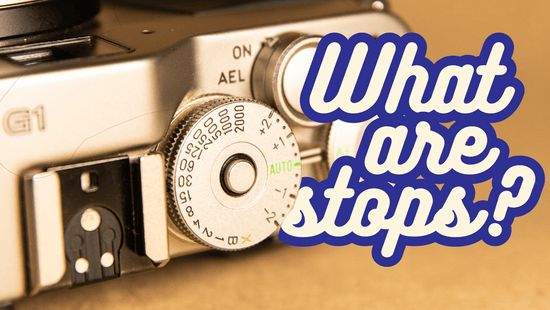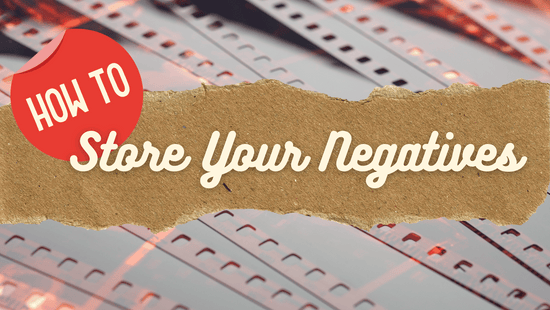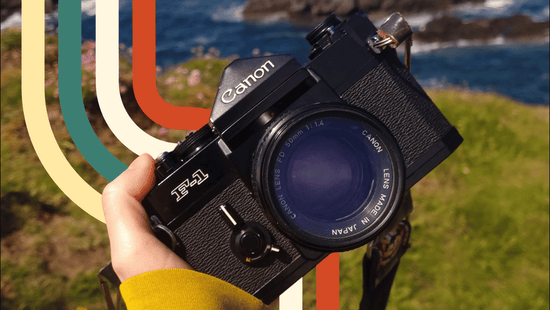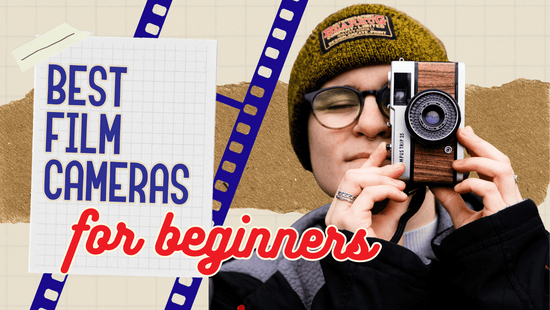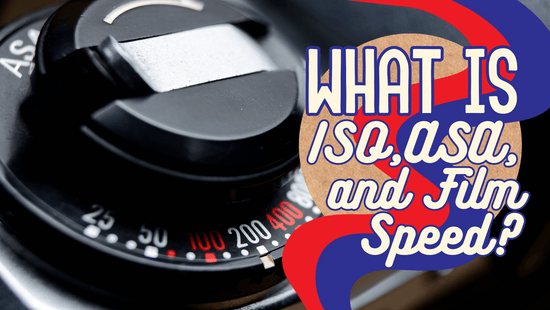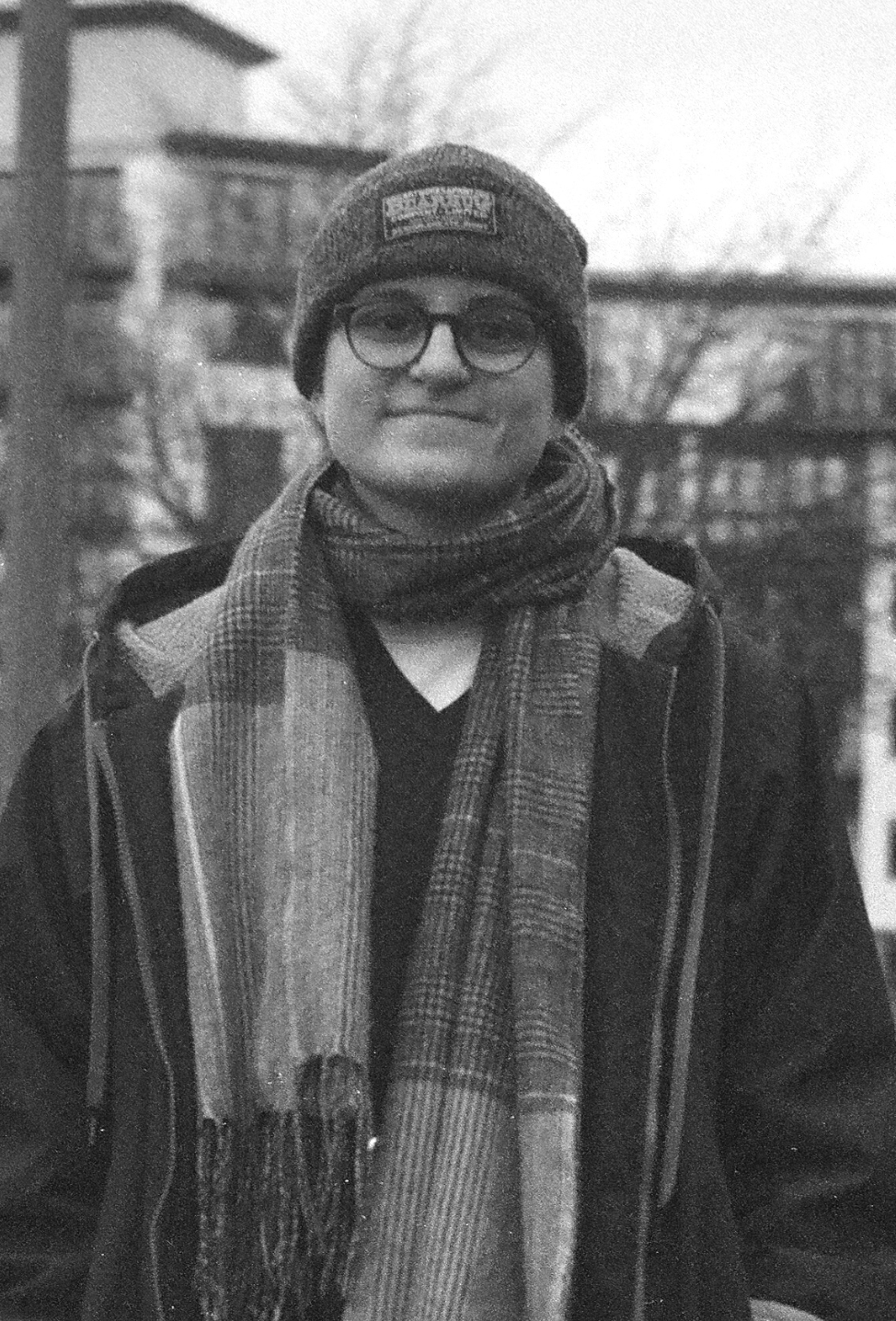Aperture is one of those buzzwords that you probably see everywhere in the film photography world. It can be confusing to get your head around to start with, but we are here to help you with all the basics of what aperture is and how to use it.
Although we refer to aperture in relation to film cameras and 35mm film, the same principle can be applied to digital photography.
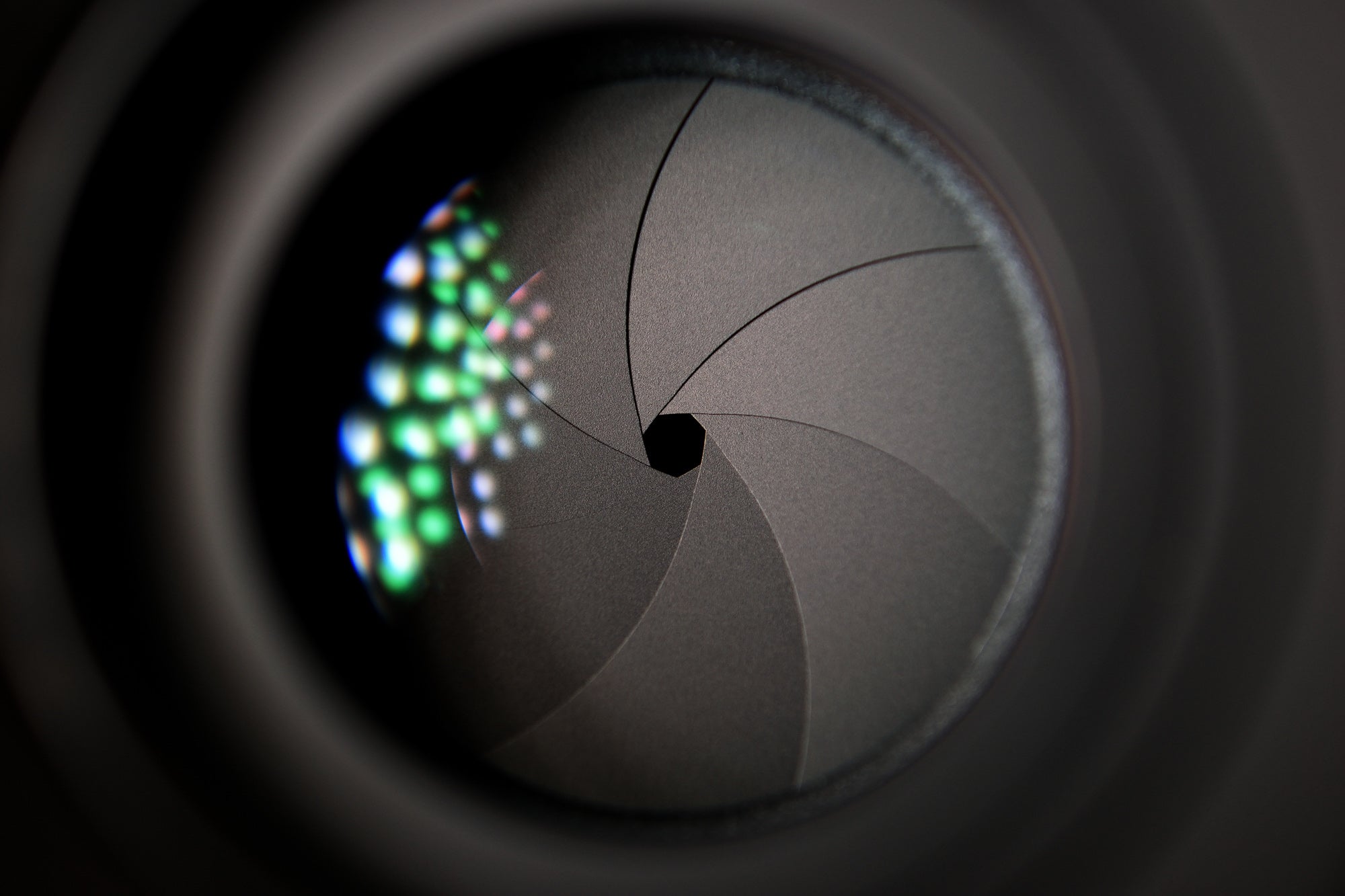
What is aperture?
We're going to skip all of the fancy photographer terms in this article as they often just make things so much harder to understand. So we're going to explain everything in simple terms.
In basic terms, aperture is the hole in the middle of your lens.
As you can see in the image above, it is made up of lots of little blades that move in and out to create a hole in the lens for light to pass through.
You control the size of this hole with your aperture settings.
What does aperture do?
Aperture affects how much light comes through your lens, and also how much of your image appears in focus.
Because of science-y stuff, the smaller the hole, the more that appears in focus.
(There is actually quite a cool experiment you can do if you are a glasses-wearer like me. Take your glasses off and create a hole by bending your index finger tip towards the bottom of your thumb. Make the hole smaller and smaller and once the hole is super small, you'll be able to see everything in front of you in perfect clarity without your glasses on.)
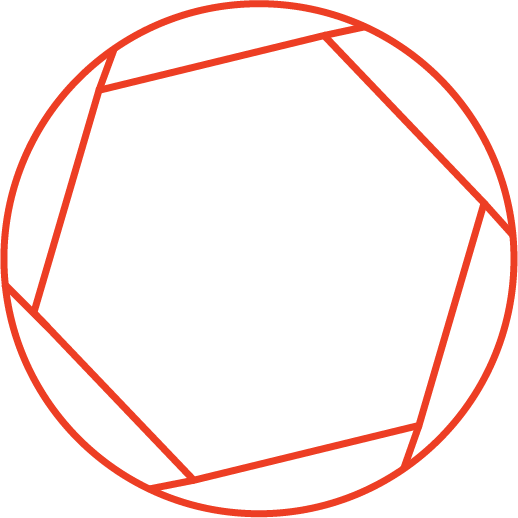
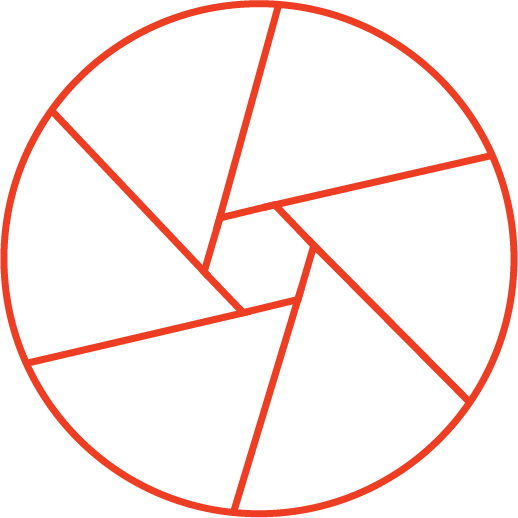
How does aperture affect the exposure of my image?
Aperture works alongside shutter speed and ISO to create a perfectly exposed image. It has a big impact on the shutter speed you use, and also how your final image will look.
A wide aperture lets lots of light into the camera, because the hole is bigger. This means more light is reaching your negative, and therefore your shutter speed can be fast.
A small aperture lets minimal light in, because the hole is smaller. This means there is less light reaching your negative, and your shutter speed would have to be slower.
The below diagram describes this for you.

How does aperture affect the focus in my image?
Not only does aperture affect the levels of light reaching your negative, but it also affects what appears in focus in the final image.
This is again due to that science-y stuff we mentioned earlier.
Without boring you to death, here is how aperture affects your focus. There are also examples below.
A wide aperture (small number) means less will be in focus, and you will have more out of focus in the background and foreground of the image. This is used for taking portraits, close-ups, and images where you would like a blurry background.

The bits that appear in focus are referred to as your depth of field. So if you have a wide aperture and not much in focus (just someone's face, for example), you have a shallow depth of field.
A small aperture (large number) means more will be in focus, and less will be out of focus in the background and foreground. This would be referred to as a large depth of field.
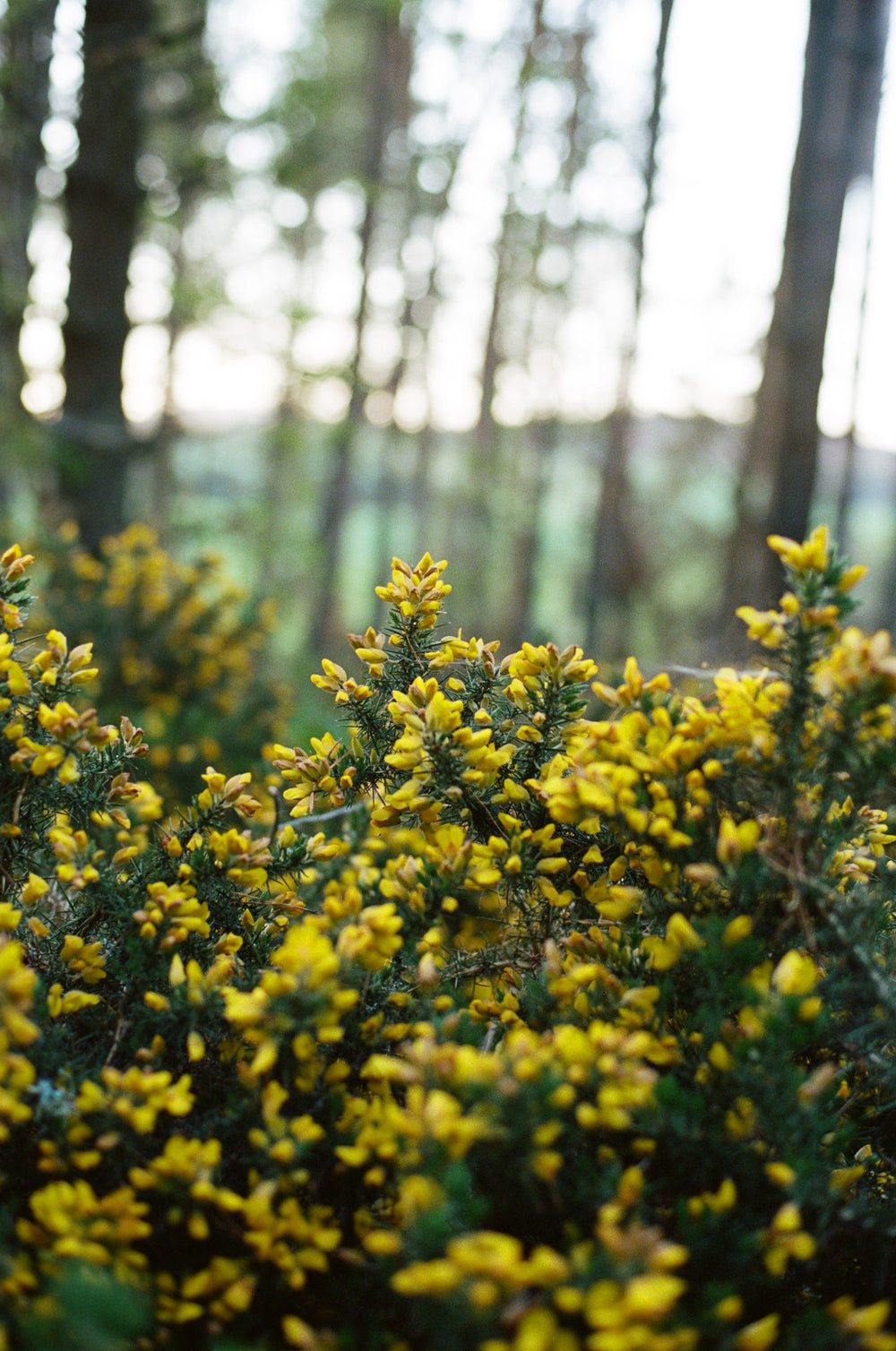
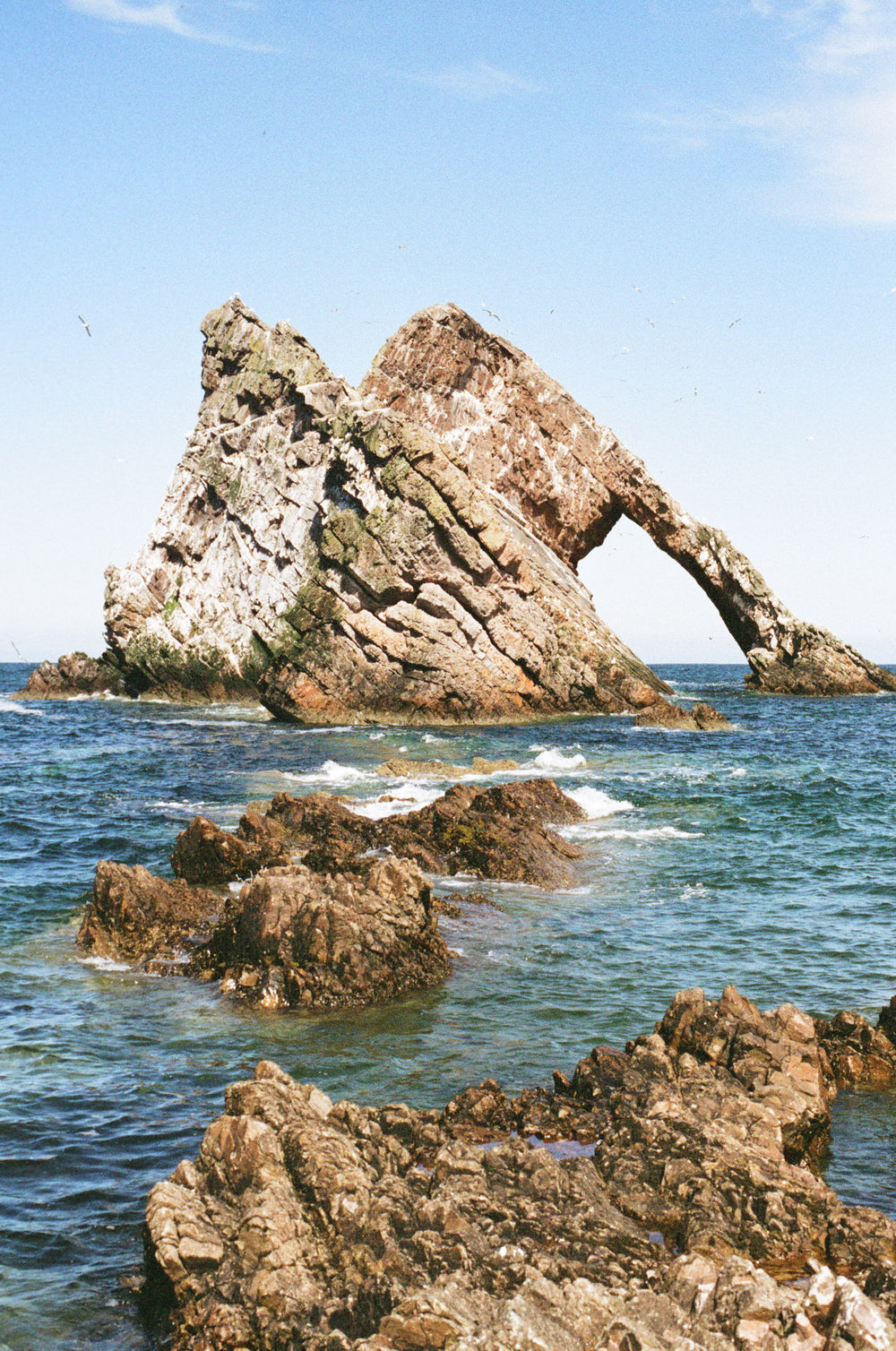
What is an f-stop?
F-stop refers to how wide your aperture is.
Here is the backwards bit:
The smaller the number, the bigger the hole in the lens.
The bigger the numbers, the smaller the hole in the lens.
F-stops, often written as f/__, come in intervals that are shown on your lens. For example, f/1.8, f/2.8, f/3.5.
A lot of lenses have the same intervals, but some are different. There are some Pentax lenses that have a wide aperture of f/1.7, for example.
How do I know when to use which aperture?
If you're shooting in daylight, you can choose your aperture and base your other settings around it.
If you're shooting in dark conditions, you probably want to choose the widest aperture available so that you have as much light as possible coming into your camera.
If you are taking photographs of landscapes, you want to have an aperture of f/11 or higher, as more will appear in focus. Below is an example of using this kind of aperture.

If you are taking portraits or images where you want a blurry background, you want to use an aperture between f/1.8 and f/8.
Some lenses have apertures wider than f/1.8 that you can use, and those are great. One thing to note is that the wider your aperture, the more spot-on your focus has to be as there is less room for error. This is because your depth of field is so narrow; your background and foreground are going to be blurry, so you want to make sure the focus is in the right place.
Some cameras have an aperture preview button or switch. This allows you to see your what your aperture stopped down will look like through the viewfinder. Most cameras do not change the aperture in the lens until the image is taken, so this switch is useful for viewing the aperture and depth of field before taking an image.
The Canon AE-1 Program, for example, has an aperture preview switch to the left of the lens. Note: this does not reflect the exposure of your image. It is just showing you a preview of the aperture. So, for example, if you had your shutter speed set to be slow and an aperture of f/22, the aperture preview switch will make your viewfinder look really dark, but this is not a reflection of how your final exposure will appear.
How do I select aperture for group portraits?
Another important scenario where your aperture requires extra consideration is when you are photographing a group of people. Because your aperture determines how much of the image is in focus, you will want to make sure that you have an aperture that is appropriate for the amount of people in your image.
For example, a portrait of one person requires only their face to be in focus. However, when you add a second person to your frame, you will need to change your aperture to accommodate for how much further away from your lens they may be.
Most portraits of a single person can be photographed using an aperture of around f/1.4 to f/2.4. This provides enough depth of field that you can see the person’s face in focus and usually retains focus through to their ears as well.
Problems with this method begin to arise when you have more than one person in your photograph. Extra people may be stood alongside your first subject, but the likelihood is that they will be stood behind them. Picture a large group shot, for example at a wedding. People will be layered from the front to the back of your frame. The people at the back of the group will be two to three meters behind the people in the front of the group.
In this situation, you will need to have a smaller aperture than you would normally use for portraits. Depending on the depth of your group, you will need an aperture between f/8 and f/22.
As you begin to take notice of your aperture and observe the results you get from the images you have taken, you will understand more and more the importance of the aperture and which settings work for your style of photography.
Summary
We know aperture can be really hard to get your head around, and it is one of the most common questions we get. But we really hope this article has helped you.
If you have any other questions, don't hesitate to get in touch with us.
If you like what we do, but can't buy a camera from us, please consider buying us a cup of coffee! It helps us to keep these resources free, consistent, and accessible.

